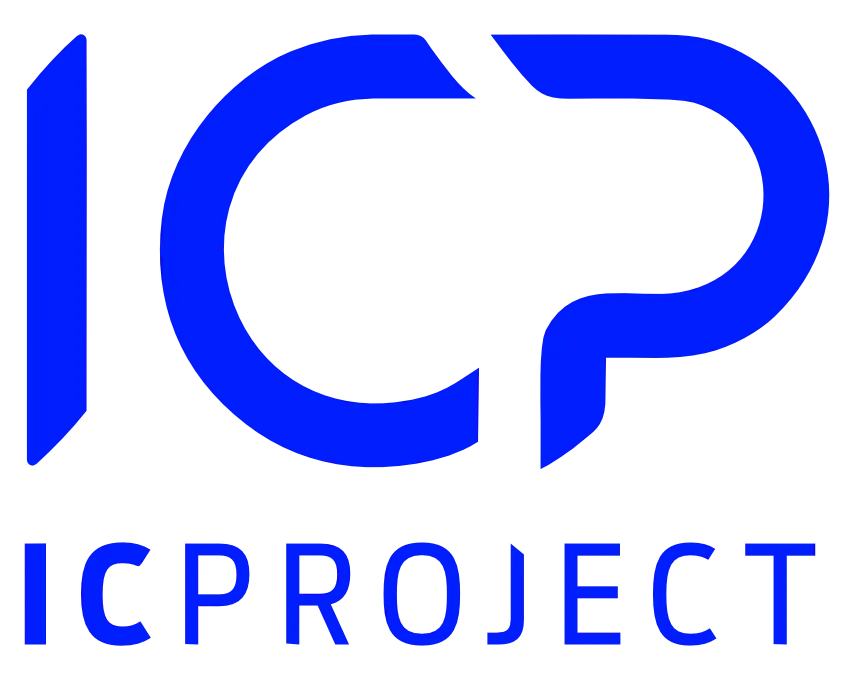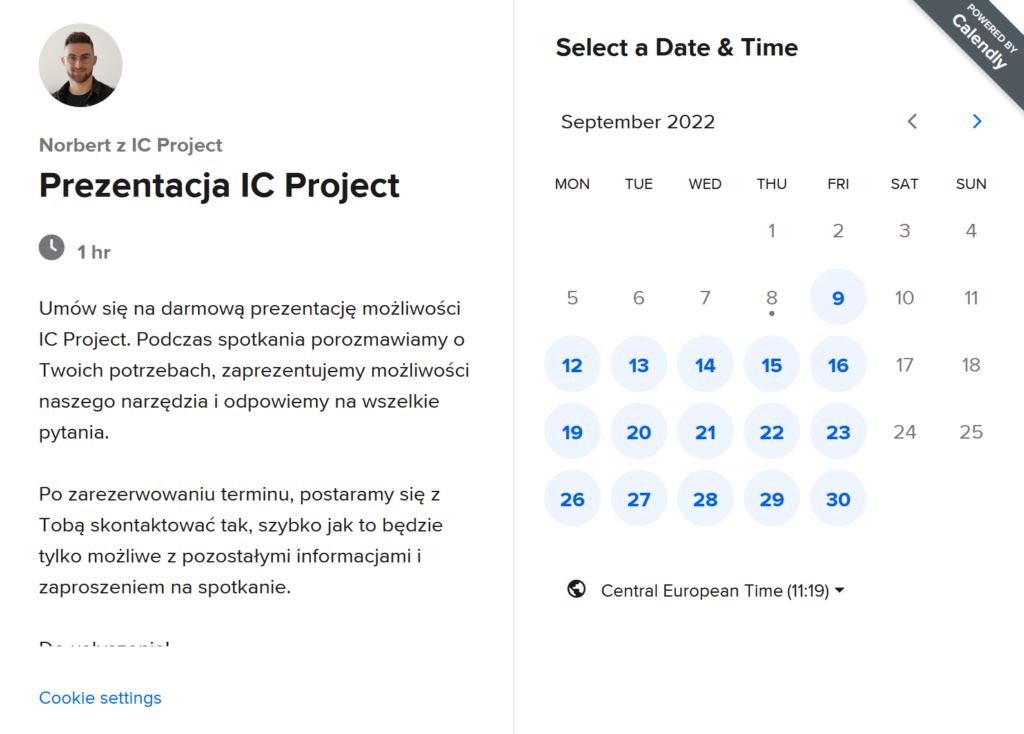Cloud project management is a task management method that uses the cloud to store and manage task information. The cloud is a network of computers that are connected to the internet and can be accessed from anywhere in the world. This makes it an ideal platform for task management, as it allows project managers to access task information from any location. Cloud project management systems typically provide a central repository for task information, as well as tools for task assignment, tracking, and collaboration. In addition, many cloud project management systems offer features such as Gantt charts, project management tools for startups, and task dependencies to help project managers plan and track projects. As a result, cloud project management can be a valuable tool for managing tasks in a distributed environment.
What are cloud project management solutions?
The value of the cloud service market has been dynamically growing for several years already. The global cloud market is already worth over $200 billion. This is related to the ever-growing awareness of the advantages of cloud-based solutions among entrepreneurs. Cloud solutions are services consisting of providing entrepreneurs and other contractors with such resources as:
- computing power
- disk storage
- programming environment
- ready-made applications
About the above services, the responsibility for the operation of the entire infrastructure rests with the provider, and the client pays only for the consumed resources. As the responsibility for services is transferred to the product-offering entity, the enterprise using given solutions can focus on leveraging them. Cloud-based solutions can be offered in various models:
Infrastructure as a Service (IaaS).
The provider is responsible only for managing the infrastructure of the cloud and its other operating aspects—such as operating systems, applications, and disk storage—remain under the full control of the client. Therefore, it is the client that is responsible for their proper operation, which often entails the need for them to have their own IT department.
PaaS (Platform as a Service)
The client only gets access to the programming environment necessary to develop and manage applications. The cost of the service depends on how much computing power is consumed.
SaaS (Software as a Service)
This model enjoys the highest share of the revenues of the cloud market and constitutes over half of its value. The client is granted access to an application operating in the cloud. As a result, the responsibility for the operation of the service rests fully with the provider and the recipient can focus specifically on using the software.
Aside from various cloud service delivery modes, the market provides a variety of models for cloud deployment in enterprises. You can decide to add cloud-based solutions to your enterprise in one of three ways:
Public cloud
In this model, the infrastructure owner, namely the service provider, gives computing power and disk storage to many clients simultaneously. This may evoke doubts in those who appreciate security above all else, but this solution does not give rise to any threats and has many advantages, such as:
- low service provision costs.
- a lot of freedom in managing the number of resources without application or system downtime.
- ease of access to additional services, software, or technical support.
Private cloud
In this mode, the entire infrastructure is used by one entity – your enterprise. The service can be provided by an external enterprise or a separate section of the IT team inside an organization. Using this type of cloud, you provide your data with the highest level of security, which can be of the essence when you retain confidential data. However, it is much more costly than the public solution.
Hybrid cloud
If you’d like to have the best of both worlds, this is what you are looking for. Some data can be stored in a private cloud and the rest in a public cloud. This allows you to find a proper storage place for documents with sensitive data and applications demanding a lot of computing power. This way, you can keep your work going even at critical times.
The advantages of cloud-based solutions
Are you wondering whether the services offered by cloud-based solution providers will be useful for your enterprise? Read about some of the most important advantages you can get. This will allow you to decide whether this is what you need.
Full scalability
Using standard solutions for data storage or computing power acquisition will often force some trade-offs upon you. On the other hand, the cloud lets you select the proper resources for every situation. Your enterprise has just entered the market or has been dynamically developing for some time. You can adapt cloud services to your needs regardless of your situation.
It also comes in useful if your business requires flexibility in terms of computing power depending on the given period. At times of stagnation, when your server infrastructure would stand unused, you can simply limit the resources at your service provider, which will bring you some savings as well.
Cost-cutting
Buying and operating servers call for considerable financial outlays. It can be painful, especially when your enterprise is just starting. Using cloud services, the responsibility for infrastructure maintenance is transferred to the provider. Your IT department can take on tasks that are much more significant for the well-being of your enterprise. What is more, you only pay for the resources you have consumed.
Available at all times and in all locations
If you are a user of cloud services, you can use them regardless of your location, time, and device. This way, you streamline such important aspects of your business as:
- communication,
- cooperation,
- workflow in your organization.
It is also worth mentioning that access to unlimited computing power means that, as a result, the hardware specifications do not dictate how fast operations are performed. Therefore, work can proceed even faster and more efficiently, and the applications you use in your business are always up to date without the need to update them one by one on every device.
Security of cloud services
All stored and processed data is encrypted. Therefore, you can be sure that your files will not fall into the wrong hands. You have full control over them and you decide who and for how long you share them. As part of the services based on cloud technology, the service providers also offer backup, thanks to which unplanned or accidental data removal will not be a problem. In addition, you can erase the memory of your computer remotely if it has been stolen.
Environmental protection
Using external infrastructure, you contribute to limiting the emission of carbon dioxide and the consumption of such resources as electricity or fossil fuels. This is exactly why cloud project management services are much more environmentally friendly than your server facilities.
Must-have tools for project management
Task management is a process requiring the use of must-have tools facilitating work at all stages: for the employees responsible for their parts of the project as well as the project manager who, in addition to his or her part, supervises the project as a whole. Besides fluent communication, supported by such elements as an objective division of responsibilities, it is important to choose tools that will enable to prioritize work, and make the management of resources, including employees, time, and budget, more efficient. The right choice of tools is motivating employees therefore they must be comprehensible to everybody. Simple in use, regardless of the level of advancement of a team member, and allowing for remote operation, first and foremost, Poorly selected tools result in disorganization and delay project completion.
Must-have tools and functions for employees
All teams should have easy access to the tool. The key feature here is the ease of operation. Regardless of their age, all employees should find it easy to use the given tool. Tools must be selected in a manner ensuring that no team member slows others down in their work. The primary element in this regard should be a legible task list. Preferably, it should be well-visible right after starting the program, regardless of whether it is launched from a computer, smartphone, or another device. A legible task list is a tool that allows any employee to figure out in a couple of seconds what tasks they have, what their deadlines are for them, and how to prioritize work. A perfect solution for this purpose is task lists in the Kanban card system. Invented a long time ago by the hard-working Japanese nation, Kanban cards help to quickly determine the status of projects and deal with those consisting of multiple tasks.
A legible dashboard where you can immediately find the assigned task is a feature facilitating work. Getting quickly to the task improves communication in the group, and as known very well-communication provides the basis for teamwork.
The Project Manager’s tasks
The project manager, as the team leader, coordinates work on the entire project. The most important thing here is soft skills, which should be supported with proper tools. The essence of the project manager’s tasks management is adequate planning of work involving human resources (assigning duties to proper employees), budget, and time control. The tool used by the PM should have all the above functions. Sometimes, in addition to the PM’s team, running a project requires participation from the customer. A tool that allows the customer to participate in the entire project or a portion of it will ensure quick communication and clarification of potential issues or misunderstandings.
How to deal with a “bottleneck”
When running a project, sometimes everything goes wrong. We encountered unexpected problems at the absolute worst time, delaying the project and forcing several deadline changes. Choosing the right tools minimizes the effects of the bottleneck. The proper tool should allow smooth correction of any errors. The most frequent issue is hindered communication among the team members. Therefore, the tool needs to be equipped with a messenger (preferably in-built and integrated with tasks and projects), allowing for quick information exchange. There are situations when we are not certain how much time our employees spend performing their tasks. Time monitoring might come to the rescue in this regard, as it is conducive to employees’ self-discipline and project control. Everybody knows that time is money. Project management tools should feature financial control, allowing the PM to establish the budget and create periodical reports for the customer and the PM.
What tool will be best for the employees, project managers, and administrators all at the same time? It is not easy to answer this question. Everybody works differently and has different priorities. It is best to choose a tool that offers multiple valuable functions at once. The top tools will provide all the data available in one place, which will surely facilitate work and communication in the team, and the result will be easier to accomplish.





